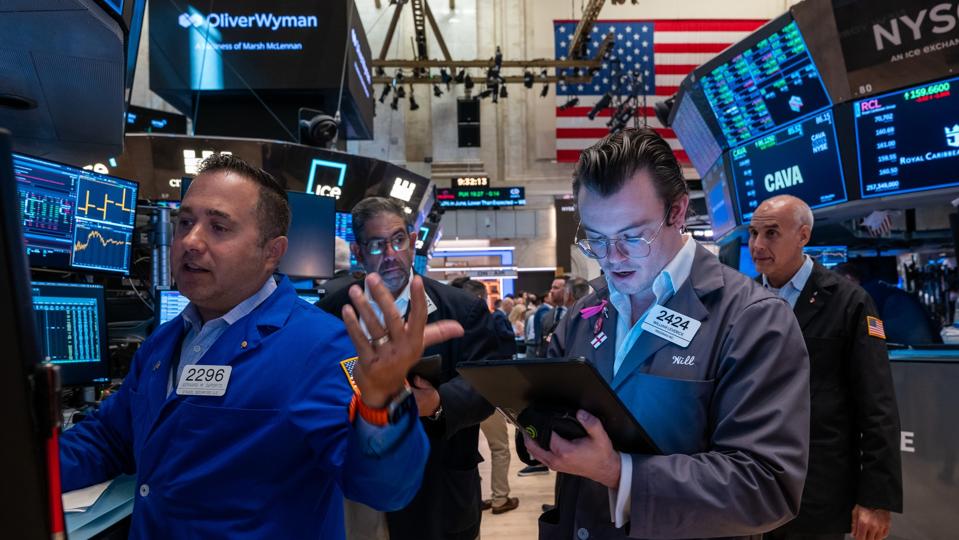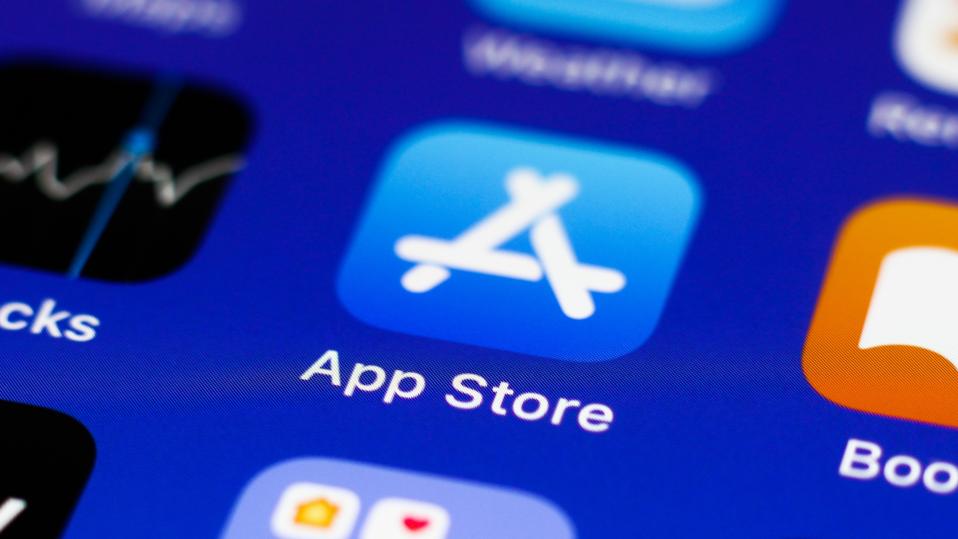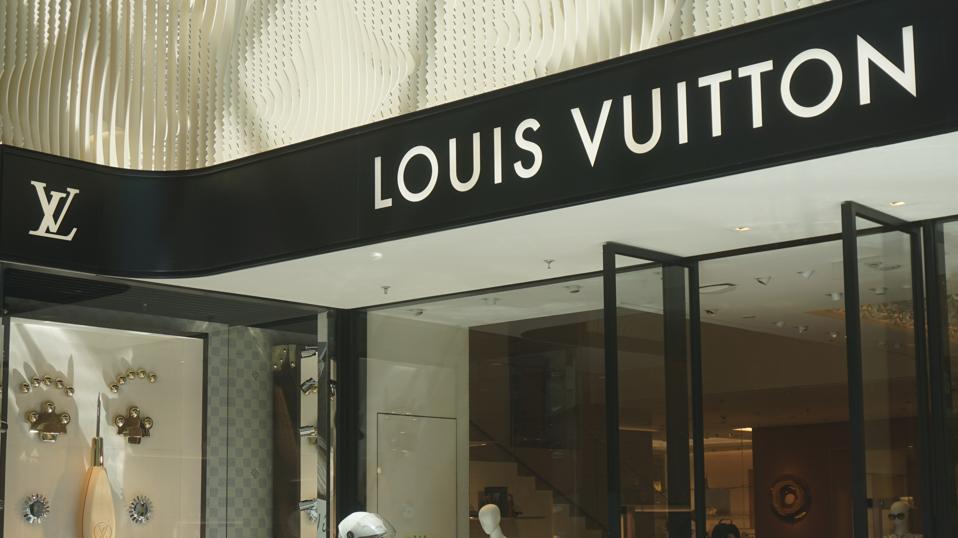Large technology stocks flailed Wednesday as the tech-heavy Nasdaq Composite index paced toward its worst day since Dec. 2022, highlighting the last week’s shifting market regime as lower interest rates appear on deck and investors view a Trump presidency as increasingly likely.

Key Facts
- The Nasdaq fell 2.8% by market close, a wider loss than the S&P 500’s 1.4% decline and the Dow Jones Industrial Average 0.6% gain, sinking to its lowest level since July 1.
- Among the most notable losers Wednesday were Nvidia (shares down 6.6%) and Apple (-2.5%)—both of which faced downward pressure due to concerns about their key China units after President Joe Biden reportedly moved to curb China’s access to high-end semiconductor chips and former President Donald Trump touted the “phenomenal” prospect of tariffs on Chinese goods in an interview with Bloomberg Businessweek published late Tuesday.
- All of the “magnificent seven” mega-cap tech stocks in Alphabet, Amazon, Apple, Meta, Microsoft, Nvidia and Tesla declined more than 1%, shedding more than $500 billion of aggregate market value.
- The magnificent seven’s rare slump, with the septet down an average of 5.8% over the last week, is the latest evidence of a major market repositioning since Thursday’s better-than-anticipated inflation data reignited bets of significantly lower interest rates and betting odds began to heavily favour Trump in November’s presidential election.
- Since last Wednesday, the wider spanning Dow is up 3.6% compared to the tech-concentrated Nasdaq’s 3.4% decline, both trumped by the small-cap Russell 2000’s 9.1% rally, evidence, signifying investors’ belief that lower rates can help stimulate earnings growth across corporate America, rather than just in the handful of artificial intelligence leaders as has been the case in recent quarters.
- The S&P’s energy and financial sectors are up 4% apiece over the past week, trouncing the information technology and communication services’ more than 5% respective drops, with bank and oil companies’ rallies likely tracing back to Trump’s promises for lighter regulation in the industries, opening the door for higher profits.
Surprising Fact
It’s a renaissance for the long forsaken small caps: The Russell 2000 tallied its best five-day stretch relative to the S&P ever from last Wednesday to Tuesday, according to Charles Schwab strategist Kevin Gordon.
Key Background
The Russell 2000, which tracks 2,000 public American companies with a median market value of about $1 billion, is up 11% year-to-date, up from a flat return through last Wednesday. Traders now expect the Federal Reserve to lower interest rates from a 23-year high beginning in September, which will help companies’ earnings as loans grow less expensive. Even after the recent breather, big tech remains by far the biggest winner of the recent stock market, with the S&P’s information technology and communications sectors the top performing components on a year-to-date, 1-year and 5-year basis.
Tangent
Nvidia stock just officially entered correction territory, with shares down more than 10% from its close last Wednesday, now at a 12.5% week-over-week loss. Nvidia stock is still up about 140% this year, the best return of any company listed on the S&P for the whole year. Meta stock (down 5% Wednesday) also hit a correction, falling 13% over the last week, but it’s still up a robust 34% this year.
Chief Critic
“It is a bad idea to make meaningful portfolio adjustments based on who you think is going to win the upcoming election,” cautioned Wells Fargo Investment Institute strategist Scott Wren in a Wednesday note to clients, noting polling errors and differences in campaign promises versus actual policy.
This article was originally published on forbes.com and all figures are in USD.
Are you – or is someone you know -creating the next Afterpay or Canva? Nominations are open for Forbes Australia’s first 30 under 30 list. Entries close midnight, July 31, 2024.
Look back on the week that was with hand-picked articles from Australia and around the world. Sign up to the Forbes Australia newsletter here or become a member here.


